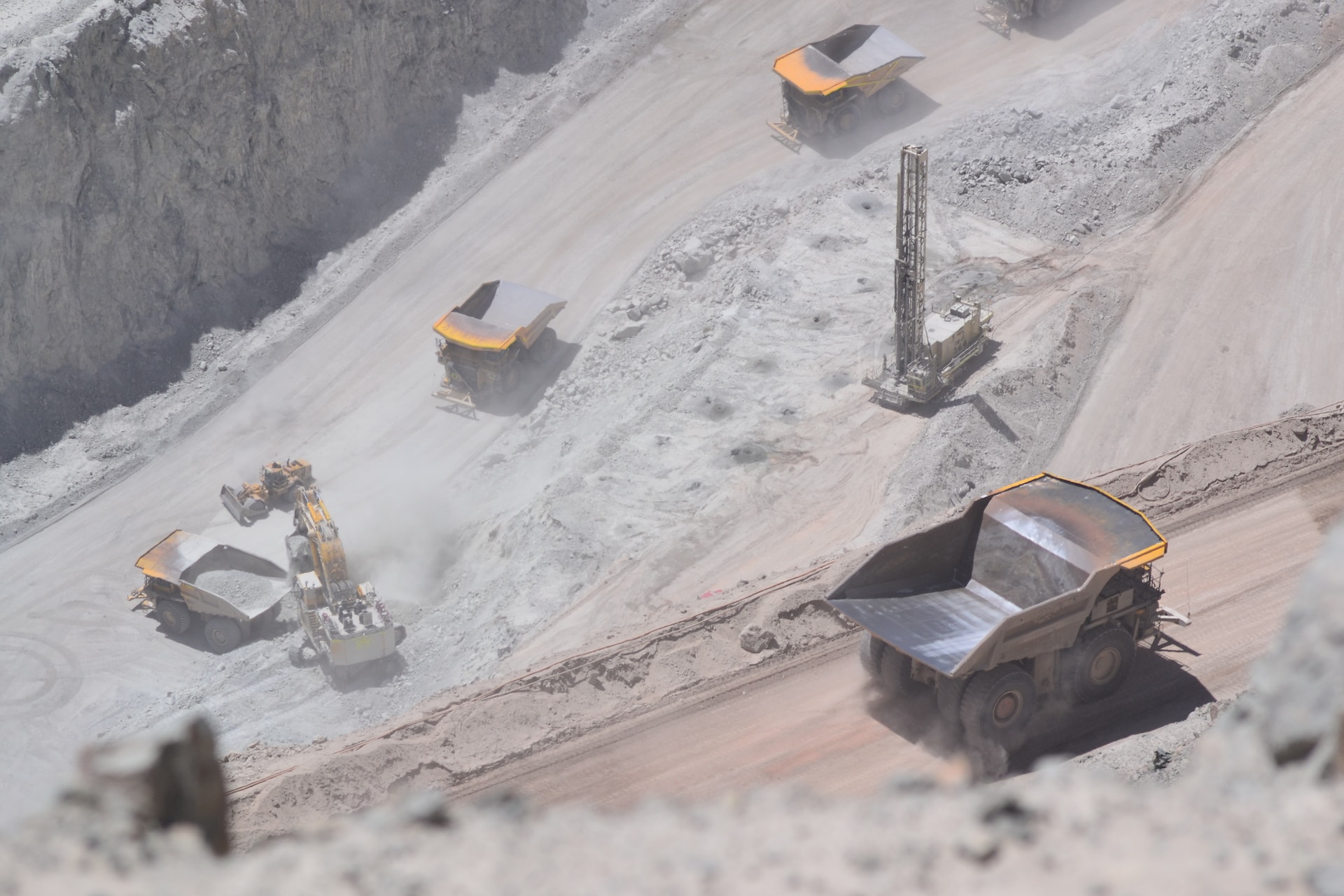Panama City witnessed widespread demonstrations on Monday, as thousands took to the streets to voice their concerns over the government’s decision to renew a copper mining contract. Protesters, led by teaching and construction unions, blocked several key streets across the capital, causing significant disruptions. Their main grievance centers around the potential environmental impact of extending the mining operations in a region known for its rich biodiversity.

The Heart of the Matter: Biodiversity vs. Economic Gains
The contentious region, located just 75 miles (120 kilometers) west of Panama City in the state of Colon, is a lush forested area housing crucial groundwater reserves. Environmentalists and local communities fear that continued mining activities will irreversibly damage this ecological haven, thereby affecting both wildlife and human populations dependent on these resources.
While many protests were peaceful, with demonstrators distributing informational fliers, some escalated into confrontations. Police reportedly used tear gas to disperse protesters in certain parts of the city. In anticipation of potential unrest, reminiscent of last July’s cost of living protests, several educational institutions, including the University of Panama, suspended classes.
Government’s Stance: Highlighting Economic Benefits
Amid the rising tensions, the Panamanian government took to social media to underline the substantial economic benefits the mining operation brings to the nation. The mine, operated by Minera Panama, a subsidiary of the Canadian company First Quantum, represents Panama’s most significant private investment to date.
In a move that ignited the current wave of protests, President Laurentino Cortizo ratified the contract extension on Friday after its legislative approval. This decision followed a temporary halt in mining activities last year due to disagreements between First Quantum and the government over payment terms.
Union leaders and activists expressed dismay over the government’s swift approval. Fernando Abrego, the head of Panama’s Association of Teachers union, criticized the president’s approach, stating, “The government decided this confrontation by quickly and expeditiously approving a contract they know is rejected by the people.”
Economic Impact: A Significant Contributor to Panama’s GDP
Despite the environmental concerns, there’s no denying the mine’s contribution to Panama’s economy. Minera Panama claims that the mining site accounts for a staggering 3% of the country’s gross domestic product (GDP). Furthermore, the mine promises employment opportunities for thousands and reportedly constitutes 80% of Panama’s total exports.
The renewed contract ensures that Panama receives a minimum of $375 million annually from Minera Panama, marking a tenfold increase from the previous agreement. This lucrative contract stands in stark contrast to other Central American nations, such as Costa Rica, which has tighter regulations on mining, and El Salvador, which banned metal mining in 2017.
The Path Forward: A Struggle Between Conservation and Progress
While the economic advantages of the mine are evident, the widespread protests underscore the broader debate on balancing economic development with environmental conservation.
For many, like Abrego, there is no middle ground. He emphasized the union’s commitment to continued protests, declaring, “We will remain in the streets.”
As Panama stands at this crossroads, the coming weeks will be crucial in determining the path the country chooses: one that leans towards rapid economic development or one that prioritizes the long-term health of its environment and citizens.
©globalgreenhouse.eu

